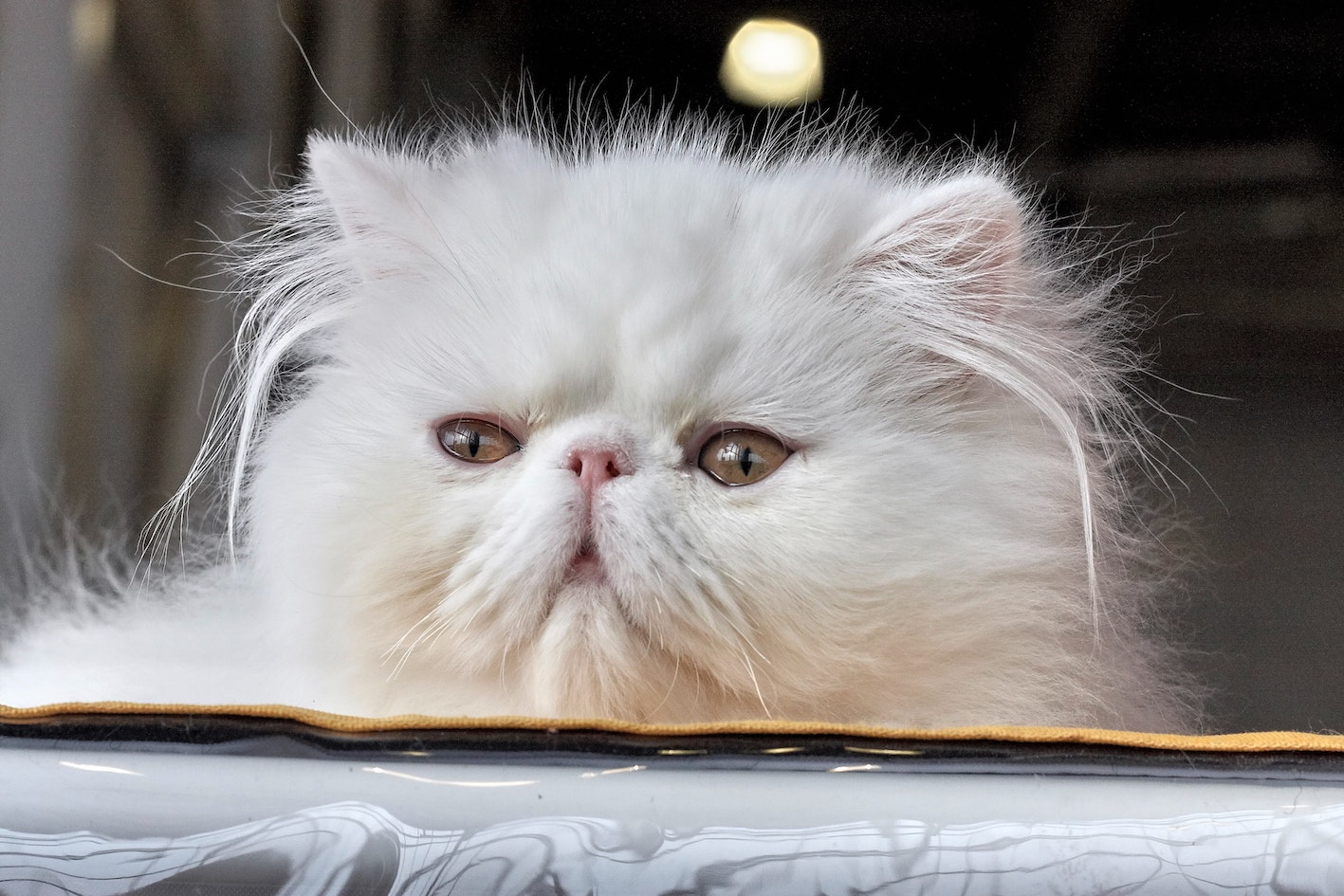“The Bond Between Persian Cats and Their Owners” explores the unique and heartfelt connection between people and their Persian cats. From their distinct appearance to their gentle and loving nature, Persian cats have captured the hearts of countless cat lovers around the world. This article delves into the reasons why Persian cats make such wonderful companions, highlighting their affectionate behavior, low-maintenance grooming needs, and calm temperament. Whether you’re a proud Persian cat owner or simply fascinated by these regal creatures, this article will deepen your understanding of the bond between Persian cats and their adoring owners.
The History of Persian Cats
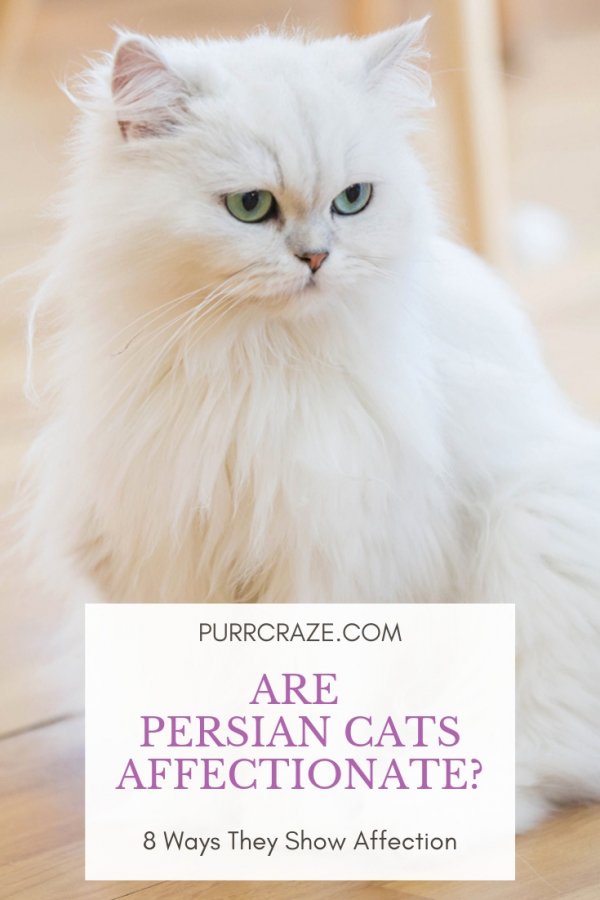
Ancient Origins
Persian cats have a rich and fascinating history that dates back thousands of years. These beloved felines are believed to have originated in Persia, which is now modern-day Iran. In ancient times, Persian cats were highly regarded and revered by the nobility and aristocracy. Their elegant appearance and beautiful long coats made them a symbol of luxury and status. It is believed that these cats were first brought to Europe by Phoenician traders and later gained popularity in North America.
Introduction to Europe and North America
During the Renaissance era, Persian cats gained widespread popularity among European aristocrats and royalty. Their unique appearance and docile nature made them highly sought after as pets. Many painters, such as Leonardo da Vinci and Rembrandt, included Persian cats in their artworks, further fueling their popularity. In the 17th century, Persian cats were introduced to North America through trade routes and quickly gained a following among cat lovers.
Popularity in Modern Times
In modern times, Persian cats continue to captivate the hearts of cat enthusiasts around the world. Their distinct features, including their round faces, large eyes, and luxurious coats, contribute to their enduring appeal. Persian cats have become one of the most popular cat breeds globally, admired for their beauty and gentle demeanor. These elegant felines can be found in households across the globe, cherished for their unique characteristics.
Characteristics of Persian Cats
Physical Appearance
One of the defining features of Persian cats is their luxurious long coats, which come in a variety of colors and patterns. Their fur is thick and silky, requiring regular grooming to prevent matting. Persian cats have round faces with a short, upturned nose and large, expressive eyes. They have a sturdy build and a graceful, flowing gait. Overall, Persian cats have a regal and majestic appearance that adds to their allure.
Personality Traits
Persian cats are known for their calm and placid personalities. They are typically gentle and affectionate, preferring a peaceful and quiet environment. These cats enjoy lounging and observing their surroundings from a cozy spot. Persian cats also have a curious nature and are known to be intelligent and independent. While they may not be as playful or active as some other breeds, they make up for it with their sweet and loving nature.
Special Needs and Care
Due to their long coats, Persian cats require regular grooming to maintain their appearance and prevent matting. Daily brushing is recommended to keep their fur free from tangles and knots. Additionally, Persian cats are prone to eye discharge, which should be gently cleaned to prevent irritation and infection. It’s important to provide a clean and comfortable living environment for Persian cats, as they are sensitive to dust and dirt. Regular veterinary check-ups are also essential to ensure their overall health and well-being.
Creating a Strong Bond
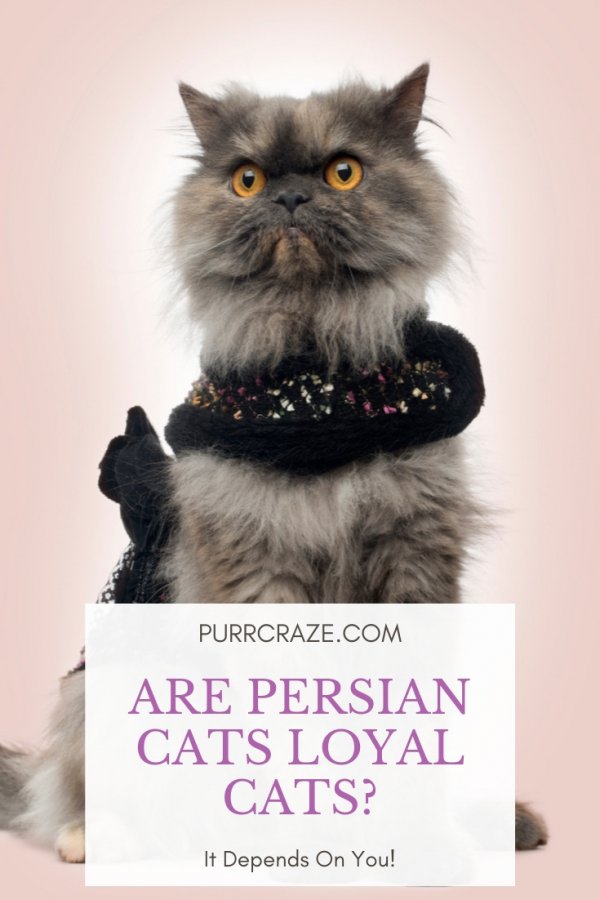
Understanding Persian Cats’ Behavior
To develop a strong bond with your Persian cat, it’s important to understand their behavior and unique characteristics. Persian cats are generally low-maintenance and prefer peace and quiet. They may be less inclined to play or interact extensively compared to more active breeds. However, they do enjoy gentle affection and attention, so taking the time to understand their preferences and boundaries is crucial in building a strong bond.
Building Trust and Mutual Understanding
Building trust with your Persian cat is essential in fostering a strong bond. It’s important to provide a safe and comfortable environment where they feel secure. Spending quality time with your cat, engaging in gentle play or simply relaxing together, can help strengthen your connection. Consistency and patience are key in establishing trust, as Persian cats may be initially cautious or reserved. Rewarding good behavior and providing positive reinforcement will further enhance your bond.
Communication with Persian Cats
Verbal Cues
While Persian cats are generally not very vocal, they may communicate through soft meows, purring, or chirps. Paying attention to their vocal cues can help you understand their needs and desires. For example, a soft purr may indicate contentment, while a louder meow could indicate hunger or the desire for attention. By listening and responding to their vocal cues, you can establish effective communication with your Persian cat.
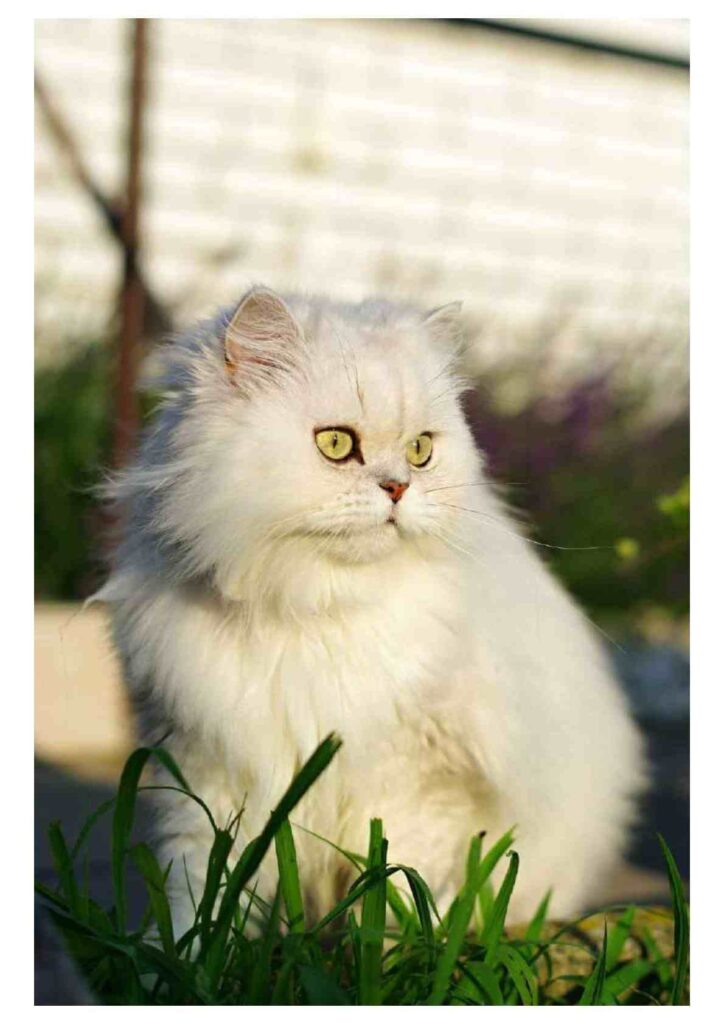
Body Language
Persian cats use subtle body language cues to convey their feelings and intentions. A relaxed and open body posture signifies contentment and relaxation. On the other hand, flattened ears or a puffed-up tail may indicate fear or agitation. Understanding these body language signals can help you better interpret your cat’s emotions and respond accordingly. Creating a safe and calming environment will encourage your Persian cat to display positive body language and feel at ease.
Indicators of Affection
Persian cats show affection in various ways. They may rub against your legs, purr loudly, or gently nudge you with their head. These gestures demonstrate their trust and love for you. Additionally, if your Persian cat kneads on a soft surface, such as a blanket or your lap, it is a sign of happiness and contentment. Recognizing and reciprocating these signs of affection will strengthen the bond between you and your Persian cat.
Benefits of Owning a Persian Cat
Companionship and Emotional Support
Owning a Persian cat can provide companionship and emotional support. These cats are known for their affectionate and gentle nature, making them ideal companions for individuals of all ages. Spending time with a Persian cat can help reduce feelings of loneliness and provide a sense of comfort and unconditional love.
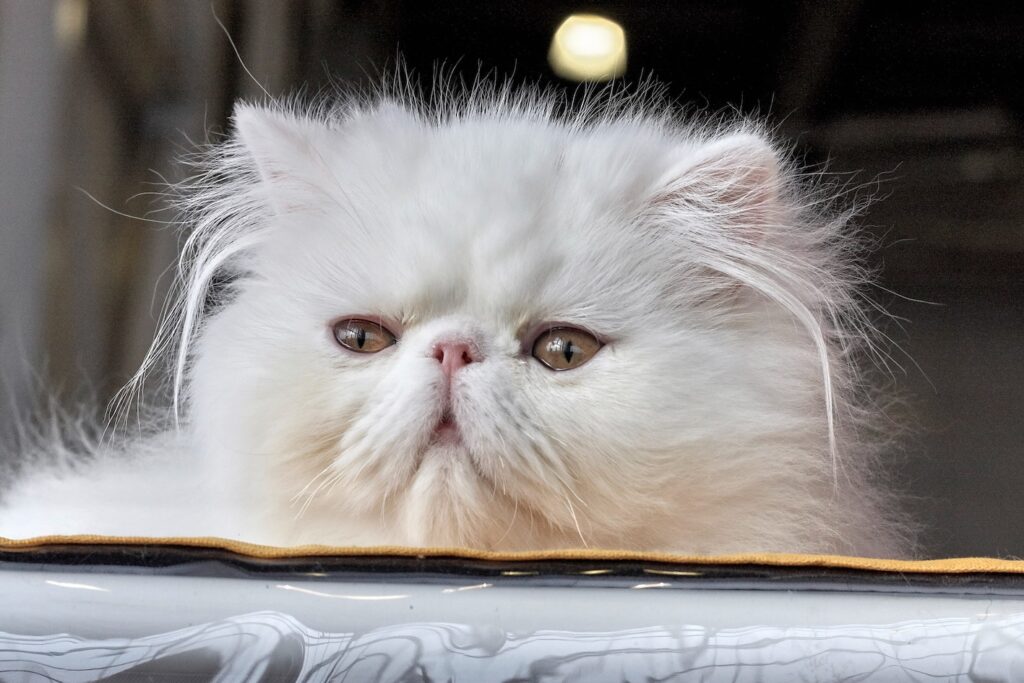
Reduced Stress and Anxiety
Interacting with Persian cats has been shown to have a calming effect on individuals and can help reduce stress and anxiety. The soothing presence of these feline companions can create a peaceful and relaxing environment. Whether it’s stroking their soft fur or simply watching them play, Persian cats have a therapeutic effect on their owners.
Therapeutic Effects
Studies have shown that owning a Persian cat can have therapeutic effects on individuals. The act of caring for a pet, such as grooming and providing food, can promote a sense of purpose and responsibility. Additionally, the companionship and unconditional love of a Persian cat can help alleviate symptoms of depression and improve overall well-being.
Maintaining a Healthy Relationship
Proper Nutrition and Feeding
Maintaining a healthy diet is essential for the overall well-being of your Persian cat. High-quality cat food, specifically formulated for Persian cats, should be provided. It’s important to monitor their calorie intake to prevent obesity, as Persian cats are prone to weight gain. Regular feeding schedules and portion control will help ensure that your cat maintains a healthy weight and receives all the necessary nutrients.
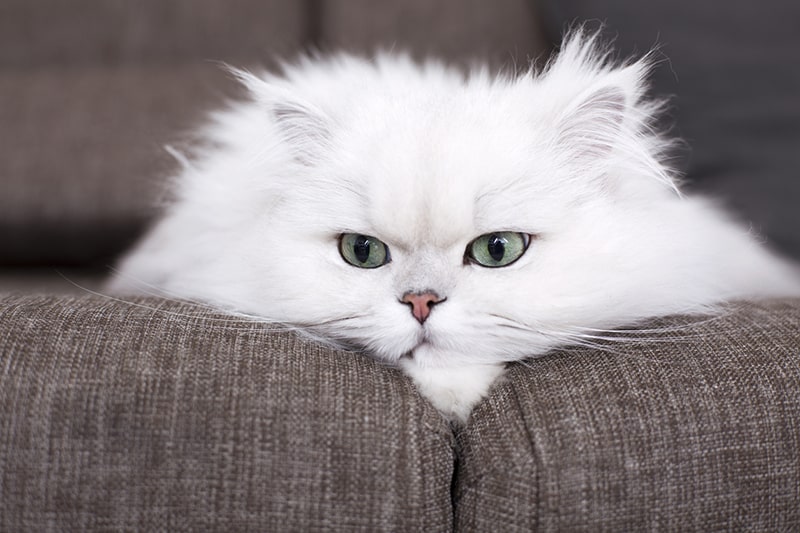
Regular Grooming
The long, luxurious coat of a Persian cat requires regular grooming to prevent matting and keep it looking its best. Daily brushing is recommended to remove loose hair and prevent tangles. It’s important to use a comb or brush specifically designed for long-haired cats to be gentle on their sensitive skin. Regular bathing, ear cleaning, and nail trimming should also be included in their grooming routine to maintain their overall hygiene.
Providing Mental Stimulation
While Persian cats may not be as active as some other breeds, it’s important to provide mental stimulation to prevent boredom. Interactive toys, puzzle feeders, and scratching posts can help keep your cat mentally engaged. Engaging in gentle play sessions and providing opportunities for exploration and discovery will help keep your Persian cat mentally stimulated and satisfied.
The Role of Play and Exercise
Types of Playtime Activities
Persian cats may not be as active or playful as some other breeds, but they still enjoy gentle playtime activities. Engaging in interactive play, such as using wand toys or feather teasers, can help stimulate their natural hunting instincts. Providing them with toys that encourage mental stimulation, such as puzzle toys or treat dispensers, can also be beneficial. Additionally, hiding treats or creating an obstacle course can provide a fun and engaging play experience for your Persian cat.
Encouraging Physical Exercise
While Persian cats may be less inclined to engage in intense physical exercise, it’s important to encourage light physical activity to keep them healthy. Offering opportunities for gentle exercise, such as using interactive toys or encouraging them to chase a laser pointer, can help keep your cat active. Additionally, providing vertical spaces, such as cat trees or shelves, can encourage climbing and help promote exercise.
The Importance of Routine and Structure
Establishing a Daily Routine
Maintaining a consistent daily routine is essential for the well-being of your Persian cat. Cats thrive in a structured environment, where they can anticipate their daily activities. Establishing a routine for feeding, grooming, playtime, and rest will help provide a sense of security and stability. Persian cats appreciate predictability and will feel more comfortable and content when their routine is maintained.
Creating a Safe and Comfortable Environment
Creating a safe and comfortable environment is crucial in maintaining a healthy relationship with your Persian cat. Providing a designated space for them to retreat to, such as a cozy bed or hiding spot, will allow them to feel secure. Ensuring that hazards such as toxic plants or chemicals are out of reach and that your home is escape-proof will help keep your Persian cat safe. Additionally, maintaining a clean and clutter-free environment will contribute to their overall well-being.
Traveling with Persian Cats
Preparing for Travel
Traveling with your Persian cat requires careful planning and preparation. Prior to travel, ensure that your cat is up to date on vaccinations and has a current health certificate from a veterinarian. Invest in a sturdy and secure carrier that provides ample ventilation and space for your cat to move comfortably. Familiarize your cat with the carrier prior to travel by allowing them to explore and associate it with positive experiences. It’s also important to pack essential items such as food, water, litter, and any necessary medications.
Ensuring Comfort and Safety
During travel, it’s important to prioritize your Persian cat’s comfort and safety. Place a familiar blanket or bedding in the carrier to provide a sense of familiarity and comfort. Additionally, minimize stress by keeping the environment calm and quiet. Offer small amounts of food and water during breaks, and provide regular opportunities for your cat to stretch and use the litter box. Always ensure that your cat is securely contained within the carrier to prevent escapes or accidents.
Celebrating the Bond
Unique Bonding Experiences
There are various unique bonding experiences that you can share with your Persian cat. Engaging in activities such as grooming sessions, where you carefully brush their fur and keep them looking their best, can strengthen your bond. Additionally, setting aside specific one-on-one time to engage in gentle play or cuddle sessions will allow you to develop a deeper connection. Sharing these special moments will create cherished memories and further enhance the bond between you and your Persian cat.
Gift Ideas for Persian Cat Owners
If you’re a proud owner of a Persian cat or know someone who is, there are plenty of gift ideas that cater to their love for these regal felines. Consider gifting a personalized cat collar or a cozy bed specifically designed for Persian cats. Other thoughtful gifts could include a cat grooming kit, a stylish cat toy set, or a book about Persian cats. These gifts not only cater to the unique needs of Persian cats but also show your appreciation for their dedicated owners.
Answering Common Questions About Persian Cats
-
How do Persian cats differ from other cat breeds? Persian cats have a distinct appearance characterized by their luxurious long coats, round faces, and large eyes. They have a calm and gentle personality, making them ideal companions for those seeking a low-maintenance and affectionate cat breed.
-
Are Persian cats hypoallergenic? No, Persian cats are not considered hypoallergenic. Their long fur can trap allergens such as dander, which may trigger allergies in some individuals. Regular grooming and keeping a clean living environment can help minimize the potential for allergic reactions.
-
What is the average lifespan of a Persian cat? On average, Persian cats have a lifespan of around 12 to 16 years. With proper care, nutrition, and regular veterinary check-ups, some Persian cats can live even longer.
-
How often should I groom my Persian cat? Persian cats require daily grooming to prevent matting and keep their coats in good condition. Regular brushing, bathing, and attention to eye and ear cleaning are crucial to maintain their overall hygiene.
-
Do Persian cats get along with children and other pets? Persian cats are generally well-suited for households with children and other pets. Their calm and gentle nature makes them adaptable to various social situations. However, proper introductions and supervision are necessary to ensure a harmonious coexistence.
-
Are Persian cats prone to specific health issues? Persian cats are known to be prone to certain health issues, including eye problems, kidney disease, and respiratory issues. Regular veterinary care and early detection of potential health problems are essential in ensuring their well-being.
-
What is the best diet for a Persian cat? A high-quality cat food specifically formulated for Persian cats is recommended to meet their nutritional needs. It’s important to provide a balanced diet that includes protein, healthy fats, and adequate moisture content. Consulting with a veterinarian can help determine the best diet for your Persian cat.
-
How much exercise do Persian cats need? Persian cats are generally less active compared to some other cat breeds. While they don’t require intense physical exercise, it’s still important to encourage light activity to promote overall health. Engaging in gentle play and providing opportunities for climbing and exploration will help keep them physically stimulated.
-
Can Persian cats be trained? Persian cats can be trained to some extent, but they may be less responsive compared to some other cat breeds. They are known for their independent nature but can still learn basic commands and routines through positive reinforcement and patience.
-
How should I introduce a new Persian cat to my home? When introducing a new Persian cat to your home, it’s important to provide a gradual and calm transition. Set up a separate space with all the necessary amenities, such as a litter box, food, and water, to allow them to acclimate. Slowly introduce them to other areas of the house and existing pets, ensuring supervised interactions and positive experiences. Patience and a gentle approach will help facilitate a smooth transition for your new Persian cat.
